Tokyo Apartment Guide: Overview and Rental Prices in the Shinagawa Area
Jul 18, 2025
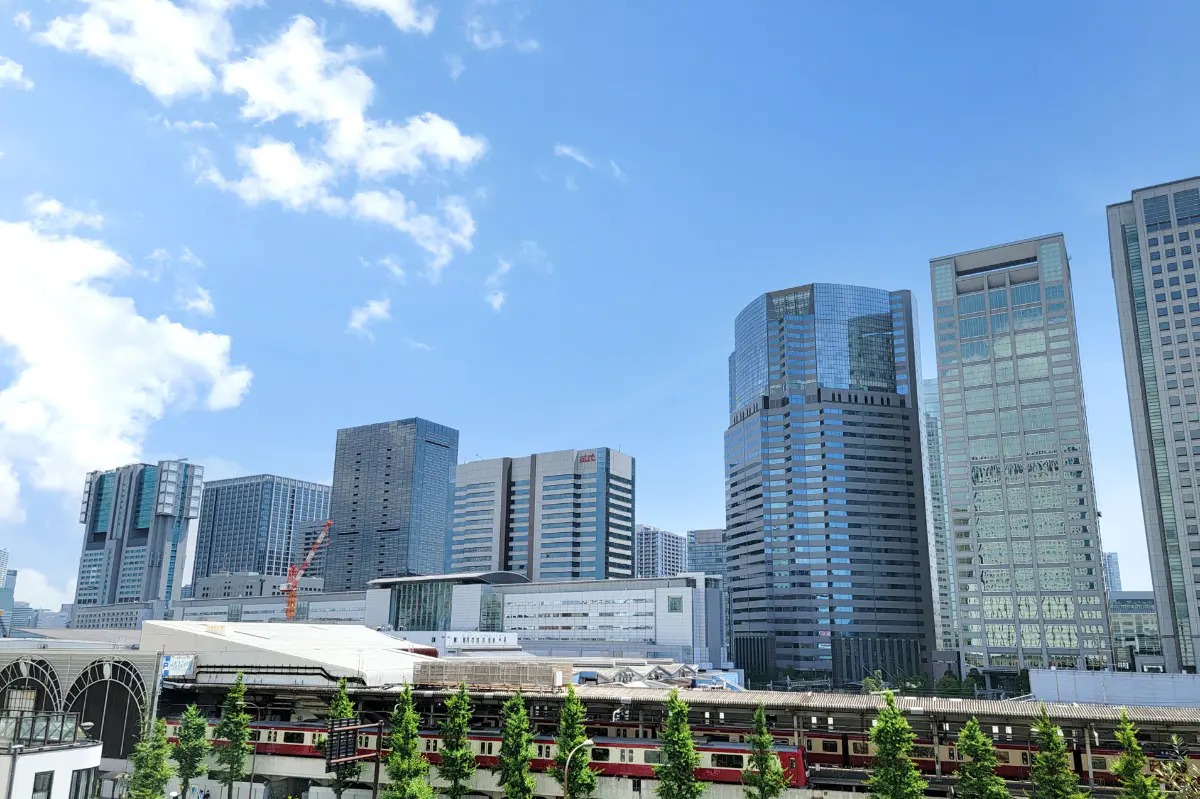
Shinagawa is located on the southern side of central Tokyo and is one of the city’s most convenient neighborhoods. It boasts excellent transport links, including bullet trains and easy airport access, plus convenient connections to major train stations. While offering a wealth of shopping and commercial facilities, rents are generally lower here compared to upscale areas like Minato or Chiyoda. The area is also less crowded than busy districts like Shinjuku or Shibuya, which adds to its appeal. With ongoing redevelopment and increasing attention, Shinagawa offers outstanding convenience for travel throughout Japan.
This guide provides foreign residents considering renting near Shinagawa Station with detailed information on transportation, daily life, and local rental price ranges.
What Is the Area Around Shinagawa Station Like?
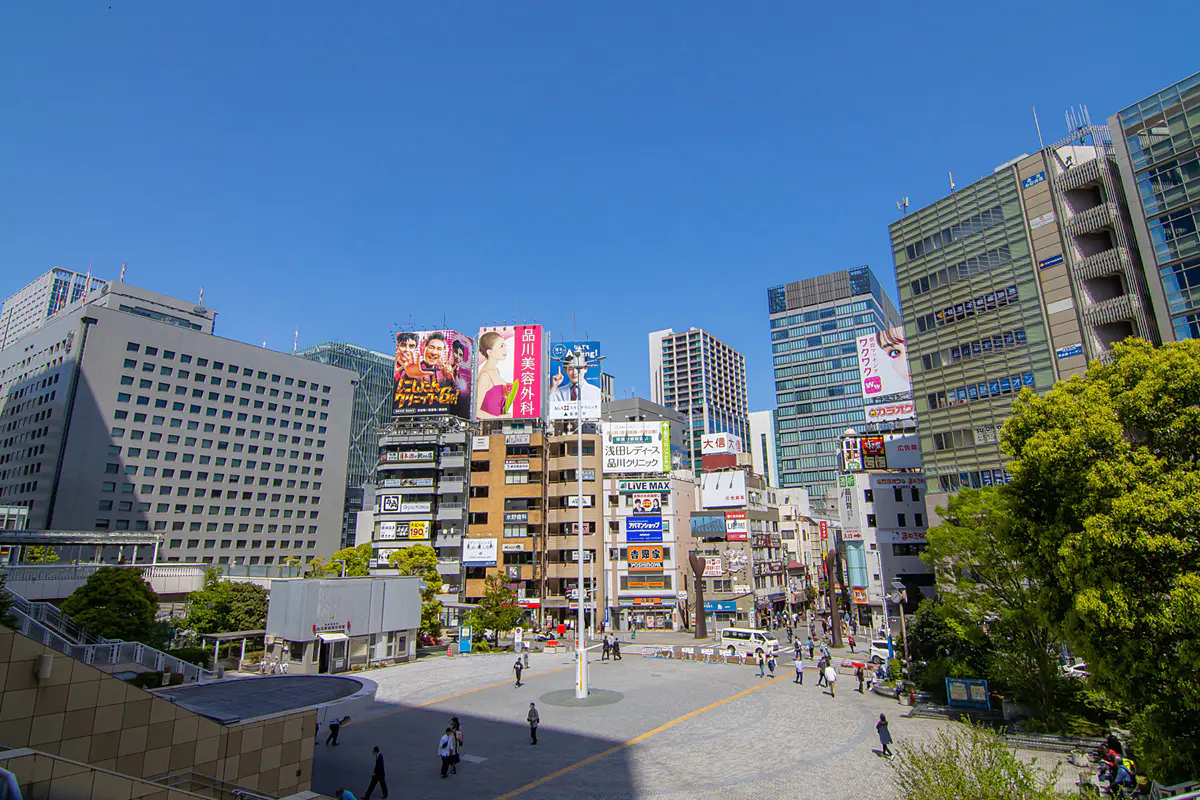
Centered around one of Tokyo’s main gateway stations, Shinagawa is a vibrant district where cutting-edge urban development meets centuries of history. Interestingly, despite the name, Shinagawa Station is actually located in Minato City, not Shinagawa Ward—a quirk that even surprises many Japanese people.
The area surrounding the station features large shopping centers like Atre Shinagawa and Shinagawa Intercity, as well as a skyline dotted with modern office towers. This makes it a major business hub bustling with professionals during the weekdays. Along the waterfront of Tokyo Bay, redeveloped areas such as Tennozu Isle offer stylish canal views, trendy cafes, and art galleries, providing a relaxing urban escape.
Tourist attractions include Maxell Aqua Park Shinagawa, where you can enjoy high-tech dolphin shows, or sampling Japanese cuisine with views of Tokyo Bay’s nightscape from a traditional yakatabune boat. This fusion of business, tourism, and culture draws both locals and international visitors year-round.
Looking ahead, large-scale projects such as Takanawa Gateway City are expected to bring new commercial centers, residences, and global conference venues by 2025 and beyond, making Shinagawa even more valuable and sought-after. Additionally, the planned maglev shinkansen (Chuo Shinkansen) will begin its Tokyo route here, drastically reducing travel times to Nagoya and Osaka.
In short, the Shinagawa area combines present-day convenience, a range of lifestyle options, and strong prospects for future development.
Access and Transportation Convenience Around Shinagawa Station
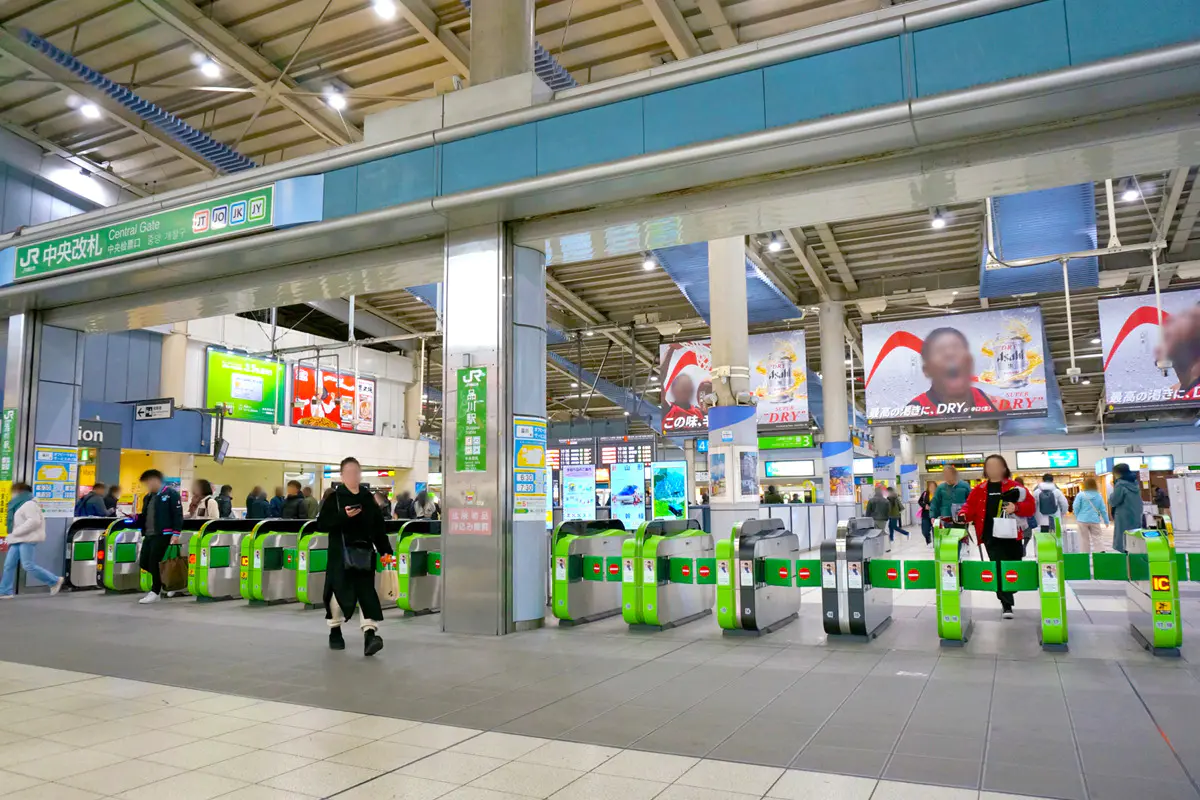
Shinagawa Station is renowned as one of Tokyo’s top transportation hubs, offering superb access by train, bus, shinkansen, and expressways. It’s an ideal location for both work and daily life in the city.
Train Access
Shinagawa Station is a major terminal served by many key rail lines, including the JR Tokaido Line, Yamanote Line, Keihin-Tohoku Line, Tokaido Shinkansen, Keikyu Line, and Narita Express. This means easy connections to central Tokyo, Kawasaki, Yokohama, and beyond—perfect for commuting or school runs.
As a stop on the Tokaido Shinkansen linking Tokyo with Nagoya and Osaka, it’s particularly convenient for frequent business travelers to these regions. The upcoming Chuo Shinkansen (Maglev) will further enhance this connection in the future.
Direct access to Haneda Airport via the Keikyu Line and to Narita Airport via the Narita Express makes Shinagawa especially popular with international residents and business people flying in and out of Japan.
Below is a table showing travel times from Shinagawa to major nearby stations.
| Destination | Travel Time | Example Route |
|---|---|---|
| Tokyo Station | 8 min | JR Tokaido Line / Ueno-Tokyo Line |
| Shinjuku Station | 21 min | Yamanote Line |
| Shibuya Station | 13 min | Yamanote Line |
| Ikebukuro Station | 30 min | Yamanote Line |
| Yokohama Station | 18 min | JR Tokaido Line / Ueno-Tokyo Line |
Bus Access
Several bus companies operate from the Shinagawa area, providing direct service to major city destinations. Toei buses connect directly to facilities like Tokyo Tower and the Tokyo Immigration Bureau, while the Rainbow Bus offers non-stop access to Odaiba. Limousine buses to Haneda and Narita airports also depart from here, making it easy to travel with luggage.
The convenience of direct bus access to the Immigration Bureau is a major plus for foreign residents handling visa or residence card paperwork.
- Toei Bus: Convenient for the Tokyo Immigration Bureau and Oi Racecourse
- Odaiba Rainbow Bus: Direct access to the Odaiba area
Is Shinagawa a Comfortable Place to Live? 8 Key Points
Here are eight reasons why the Shinagawa Station area is an excellent choice for foreigners seeking a convenient lifestyle in Tokyo. Let’s explore the area from daily needs to family life.
Plentiful Shopping and Commercial Facilities
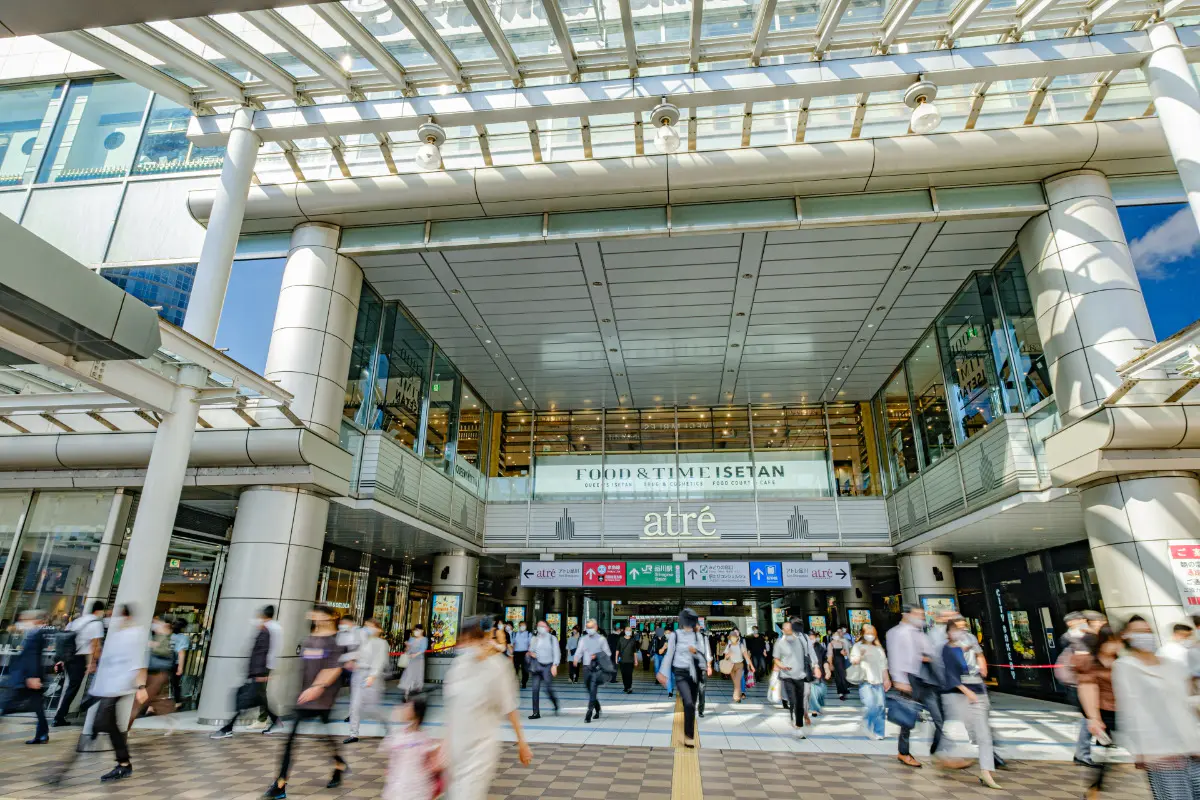
The area around Shinagawa Station has numerous shopping centers and supermarkets, so you can pick up both everyday items and special purchases in one trip. Nearby supermarkets include:
- Tokyu Store Food Station Mini (ecute Shinagawa)
- KALDI Coffee Farm (Wing Takanawa EAST)
- Keikyu Store (Takanawa)
Shopping malls like Atre Shinagawa and Wing Takanawa are directly connected to the station, offering a wide range of restaurants, fashion, and beauty stores—perfect for dining or shopping during your free time.
Reasonable Cost of Living for Central Tokyo
Although Shinagawa is prime real estate, prices here remain relatively affordable compared to high-end districts such as Ginza or Roppongi. As a busy business area, it’s easy to find hearty lunches for around ¥1,000 or less.
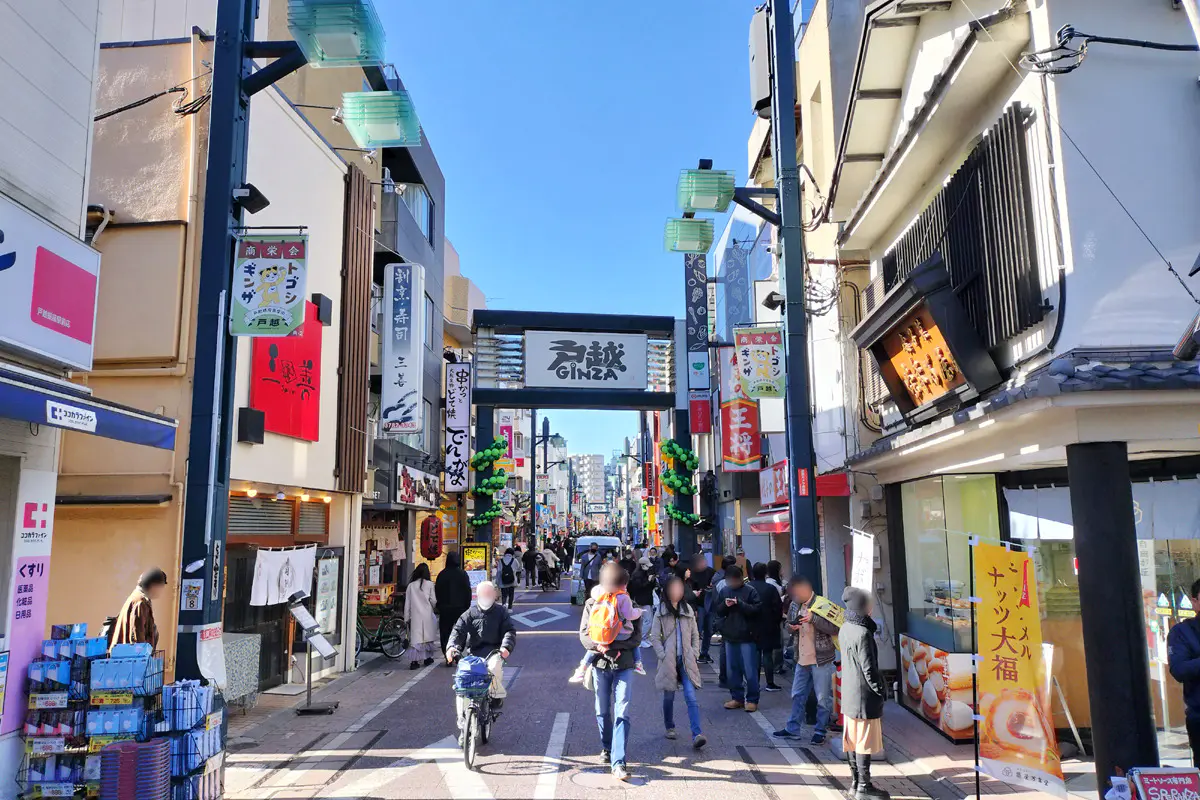
About 15 minutes by bike from Shinagawa Station is Togoshi Ginza, the longest shopping street in Tokyo. Here you’ll find local fishmongers, butchers, restaurants, and delis offering quality products at great prices—helping you keep living costs manageable.
Don’t miss Musashi-Koyama Shotengai “Palm”, another lively covered shopping arcade packed with dining and household goods stores. With a good blend of chains and independent shops, prices are affordable. The area also has a number of cafes and bakeries, making it popular among young families and expats.
Thanks to these local shopping streets, you can enjoy the convenience of city living while keeping your cost of living in check.
Wide Variety of Popular Restaurants
Dining options around Shinagawa Station are endless, from casual eateries to fine dining. Noteworthy examples include “Chukasoba Wakusei TOKYO” for ramen, and “Kiji Shinagawa” for savory okonomiyaki pancakes. On the waterside near Tennozu Isle, “T.Y. HARBOR” offers a renovated warehouse atmosphere and relaxing terrace seating, ideal for meals with friends or a date night.
Plenty of Leisure Spots for Weekends
There’s no shortage of weekend fun in Shinagawa. Maxell Aqua Park Shinagawa features dolphin and jellyfish shows, allowing you to experience marine life without leaving town. The Shinagawa Prince Hotel complex has bowling, karaoke, and a cinema, so you can enjoy yourself rain or shine.
Other attractions in the area include:
- Shinagawa Aquarium
- Oi Racecourse (TCK)
- Tennozu Galaxy Theatre
Shinagawa Aquarium is among Tokyo’s most popular, with dolphin and sea lion shows. Oi Racecourse offers thrilling horse races that are fun for both adults and kids, while Tennozu Galaxy Theatre hosts plays, musicals, and concerts throughout the year.
Large Parks and Gardens Nearby
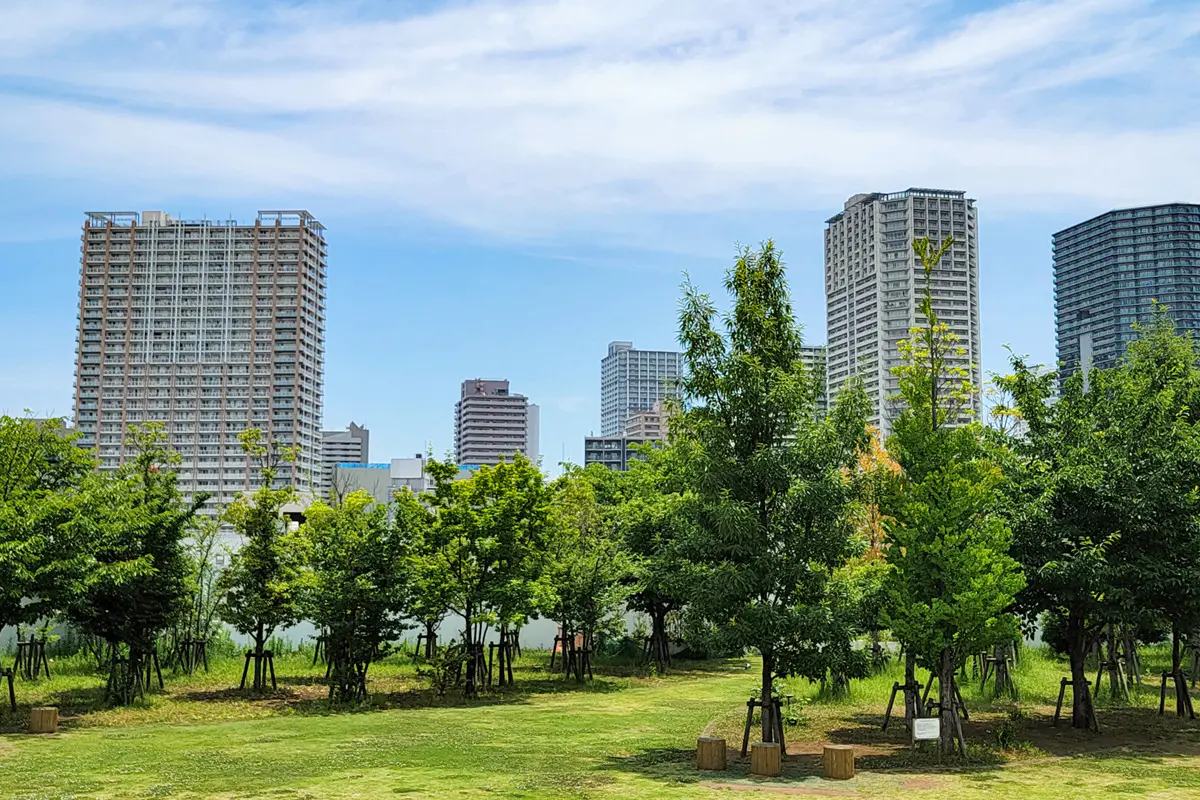
Despite being in central Tokyo, the Shinagawa area has several accessible parks where you can enjoy nature. Top choices include historic Takanawa Mori no Park, family-friendly Shibaura Chuo Park with its rose garden and playgrounds, and Takahama Canal Greenway with a 2-kilometer riverside walking path.
- Takanawa Park
- Takanawa Mori no Park
- Shibaura Chuo Park
- Takahama Canal Greenway
Many Luxury Apartments to Choose From
Recent redevelopment has brought many high-rise luxury residences to the Shinagawa area. These apartments often feature amenities such as gyms, pools, and resident lounges, which tenants are welcome to use.
With 24-hour concierges, auto-lock entries, and security cameras, the area offers excellent safety for international residents and families. Some buildings even have English-speaking staff on-site, providing additional peace of mind for foreigners. This combination of comfort and security makes Shinagawa particularly popular with expat professionals and affluent families.
English-Speaking Medical Facilities
Several medical clinics in the Shinagawa area cater to English-speaking residents. The best known is Shinagawa East One Medical Clinic, located in Shinagawa Intercity, just a short walk from the station. With doctors and staff proficient in English and Chinese, you can access a wide range of services including internal medicine, ophthalmology, vaccinations, and health checkups.
There are also English-speaking dentists and pediatricians in the area, ensuring easy access to everyday and family medical care.
Excellent International School Options
Shinagawa is home to several international schools popular with expat families. Shinagawa International School is a certified International Baccalaureate (IB) school serving children from age 3 to 15 from about 40 countries. It offers options such as school lunches and bus service—both helpful for working families.
IB education is recognized by universities around the world, so your children can continue their studies abroad if needed. The school’s multicultural environment allows students to broaden their global horizons while experiencing Japanese culture.
Other nearby schools include Canadian International School (Kita-Shinagawa) and Tokyo International School (Shinagawa Campus), giving you plenty of educational choices within commuting distance.
Average Rent Prices for Apartments Around Shinagawa Station
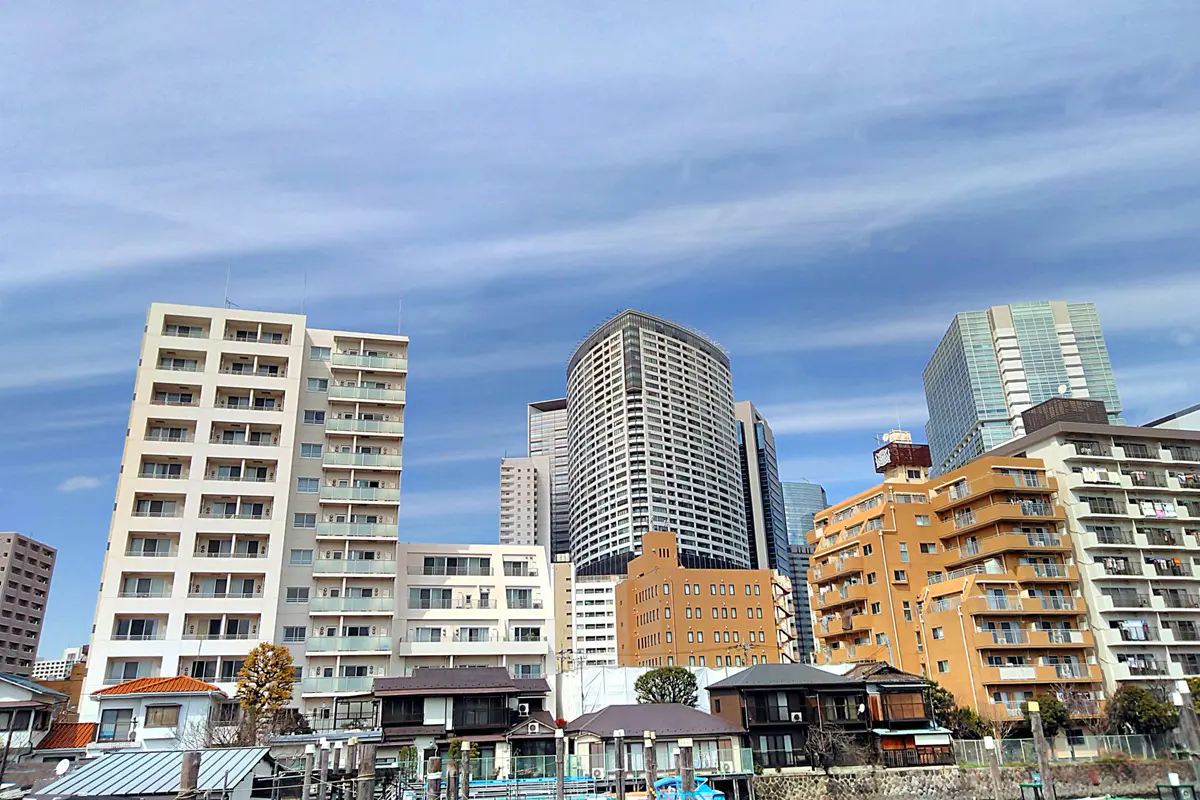
Shinagawa offers a well-balanced rental market for Tokyo, providing excellent convenience at rates that are generally more affordable than areas like Minato or Chiyoda.
Typical monthly rents by apartment size near Shinagawa Station are as follows:
| STUDIO | 1Bed | 2Bed | 3Bed | |
|---|---|---|---|---|
| Shinagawa Station | ¥117,100–¥153,200 | ¥177,000–¥327,800 | ¥192,000–¥321,000 | ¥218,000–¥492,000 |
| Gotanda Station | ¥112,800–¥143,400 | ¥151,800–¥233,000 | ¥154,000–¥326,000 | ¥218,000–¥496,000 |
| Takanawa Station | ¥122,400–¥157,000 | ¥164,800–¥218,400 | ¥167,000–¥370,000 | ¥248,000–¥719,000 |
Please note: The prices above are approximate and can vary greatly depending on factors such as building age, facilities, or proximity to the station. For up-to-date details, please check with real estate agencies or property websites. If you’re considering a move to Shinagawa, we highly recommend contacting a trusted real estate professional for support finding your ideal new home.